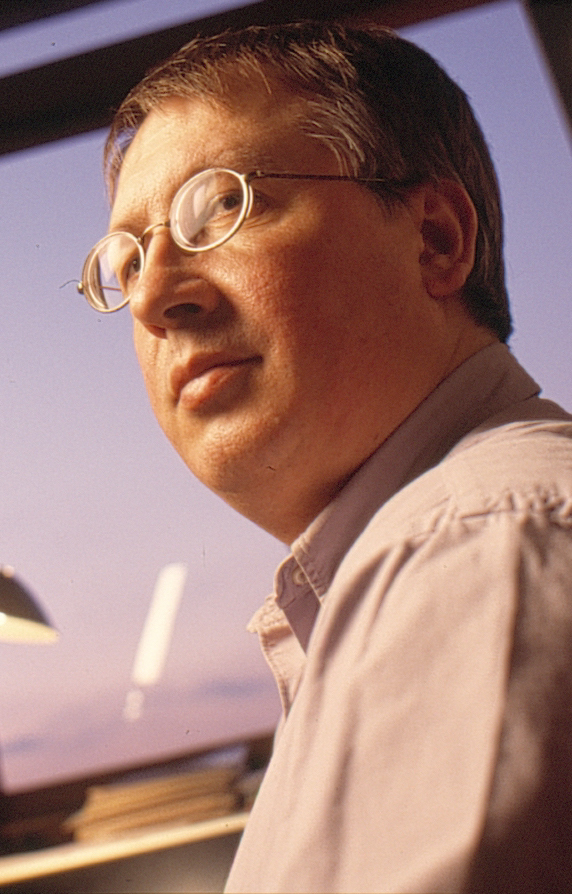
Guy Theraulaz
Guy Theraulaz is a senior research fellow at the National Center for Scientific Research CNRS) and an expert in collective animal behavior. He is also a leading researcher in the field of swarm intelligence, primarily studying social insects but also distributed algorithms, e.g. for swarm robotics, directly inspired by nature. His research focuses on the understanding of a broad spectrum of collective behaviors in animal societies and human groups by quantifying and then modeling the individual level behaviors and interactions, thereby elucidating the mechanisms generating the emergent, adaptive group-level properties. He was one of the main characters of the development of quantitative social ethology and collective intelligence in France. He published many papers on nest construction in ant and wasp colonies, collective decision in ants and cockroaches, collective motion in fish schools and pedestrian crowds, and collective intelligence in human groups. He has also coauthored five books, among which Swarm Intelligence: From Natural to Artificial Systems (Oxford University Press, 1999) and Self-organization in biological systems (Princeton University Press, 2001) that are now considered as reference textbooks. Guy Theraulaz was the recipient of the Bronze Medal of the CNRS in 1996 for Neurosciences, Behavioral and Cognitive Sciences.
How do fish interact with each other in a school? A swarm robotics test bed
One fundamental problem in the field of collective animal behavior is to understand the mechanisms by which groups of organisms achieve coordination. In ants for instance, behavioral coordination occurs mainly through indirect (stigmergic) interactions. It is the cumulative traces of their past actions in the environment that modulate ants behavior. In the case of flocks of birds or schools of fish in which individuals directly interact with each other, the integration of interactions takes place at the individual level. Then how are the interactions between multiple individuals combined and integrated at the individual scale? To better understand this issue, we have first analyzed the dynamics of interactions when a group of fish collectively changes its direction of movement; then we have implemented the functional forms of interactions involved in the coordination of swimming in pairs of fish extracted from the experiments in a swarm robotic platform (the Cu-boids) that was specially designed to study collective motion; we used this platform to test the impact of different combinations of interactions at the individual scale on collective movements in swarms of robots; finally we compared the predictions of these robotic experiments with the data collected from experiments conducted under the same conditions with groups of fish. Our experimental results on fish and robots suggest that fish update their velocity in an asynchronous way while paying attention to a very small number of neighbors (at least 2) whose identity regularly changes.
